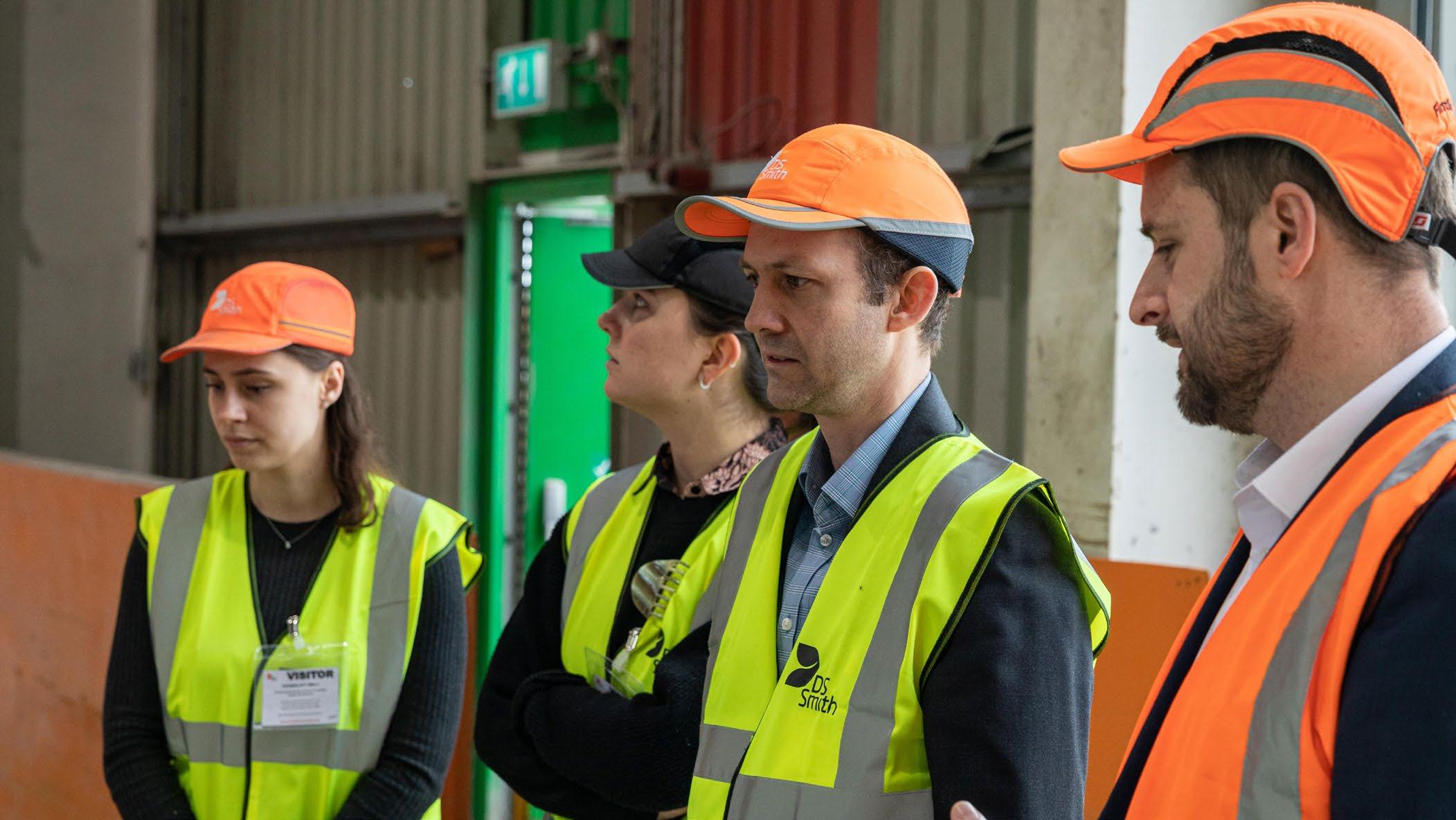
9 minute read
Supply chain
90%
of environmental impact in consumerpackaging goods is in the supply chain (McKinsey)
Advertisement
70%
of customers consider sustainability when selecting new suppliers and renewing contracts (EcoVadis)
>200
million hectares of forest certified to FSC standards across the world (FSC)
In this section
Sourcing sustainably
Circular procurement
Sourcing sustainably
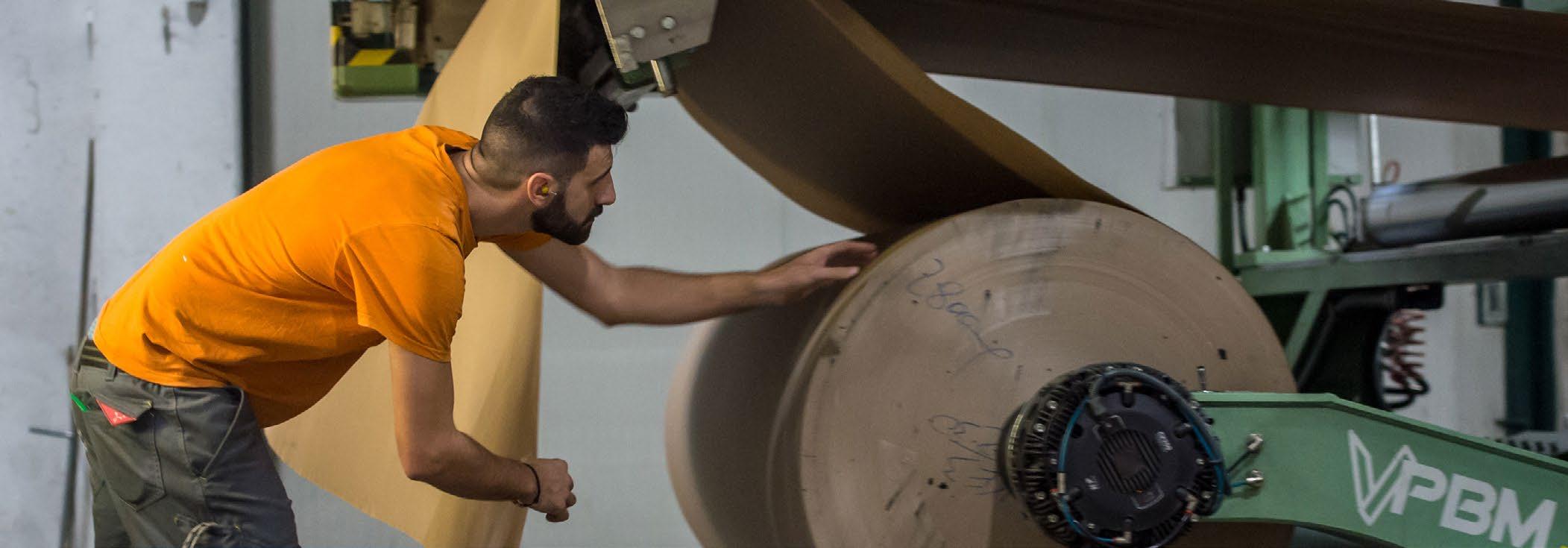
H OW DOES THIS ENABLE THE CIRCULAR ECONOMY ? The circular economy can only be delivered if an entire system of suppliers, customers and other parties changes, building a system that makes best possible use of natural resources to benefit business and the whole of society. By promoting the circular economy to our supply chain, for example by sourcing exclusively recycled or chain of custody certified papers, we can reduce the impacts linked to our activities in the supply chain.
Why does this matter?
Sourcing sustainably prevents and mitigates negative social and environmental impacts in the supply chain. As many of the greatest impacts of many businesses occur in complex global supply chains, supply chain resiliency and sustainability can be improved by collaborating with suppliers through the products and services we buy.
How does this contribute to the UN SDGs?
Sourcing sustainably contributes to protecting labour rights and promoting safe and secure working environments. Now
• By 2025, ensure 100 per cent of suppliers comply with our sustainability standards • Maintain that 100 per cent of the papers we use are recycled or chain of custody certified each year
Next
• By 2027, encourage 100 per cent of our strategic suppliers* to set their own science-based targets • Reduce Scope 1, 2 and 3 GHG emissions 46 per cent by 2030 compared to 2019 and reach Net Zero GHG emissions by 2050
* Strategic suppliers account for c. 76 per cent of Purchased Goods and
Services Scope 3 emissions in the 2019/20 base year Next steps
• Continue to identify further opportunities for collaboration and engagement with suppliers on the circular economy • Conduct audits for all of the suppliers we consider high-risk • Continue to develop our Scope 3 measurement, reporting and engagement Percentage of suppliers agreed to our Global Supplier Standards (GSS) (%)
2021/22 2020/21 2019/20 11% 45% 78%
Percentage of papers used that are recycled or chain of custody certi ed (%)
2021/22 2020/21 2019/20
In 2021/22, 78 per cent (2020/21: 45 per cent) of our suppliers have agreed to our Global Supplier Standards (GSS), setting high expectations on sustainable and responsible business. Included in the total are 100 per cent of our strategic suppliers that have agreed to the standards.
Setting standards and assessing risk This year, we translated our GSS document into more languages to make it accessible to our suppliers across the globe and to help them to understand, agree to and comply with our standards. We refined the GSS to ensure that it captures all of the potential issues within our supply chain. We launched a new Supplier Management Policy, which documents how we assess and engage with our suppliers across a range of topics, including human rights. The policy supports our target for 100 per cent of our suppliers to agree to our GSS, setting out how we aim to reach this ambition, including how we approach supplier engagement more broadly. We are committed to auditing our higher-risk suppliers and to engage in structural collaboration on human rights topics with our key suppliers, including in our Human Rights Policy and Anti-Slavery and Human Trafficking Policy which cover our supply chain as well as our own operations. We continue to use EcoVadis IQ to apply predictive intelligence to monitor and assess risk and ethical business conduct in our supply chain. This tool enables us to identify suppliers, countries and categories that potentially pose risk and address the risk appropriately. This year we identified all our critical suppliers who will be required to complete an EcoVadis assessment in 2022/23, driving progress and strengthening human rights due diligence throughout the supply chain. Maintain that 100 per cent of the papers we use are recycled or chain of custody certified each year We achieved our target to source 100 per cent recycled or chain of custody certified papers in 2019/20 and we have continued to uphold this as a minimum required standard. This involves challenging paper suppliers to produce chain of custody certification for all papers purchased as a standard business practice. With regular checks in place, we can offer our customers confidence that their packaging is produced using sustainably sourced papers, enabling them to communicate their responsible sourcing credentials and meet their own commitments to zero deforestation.
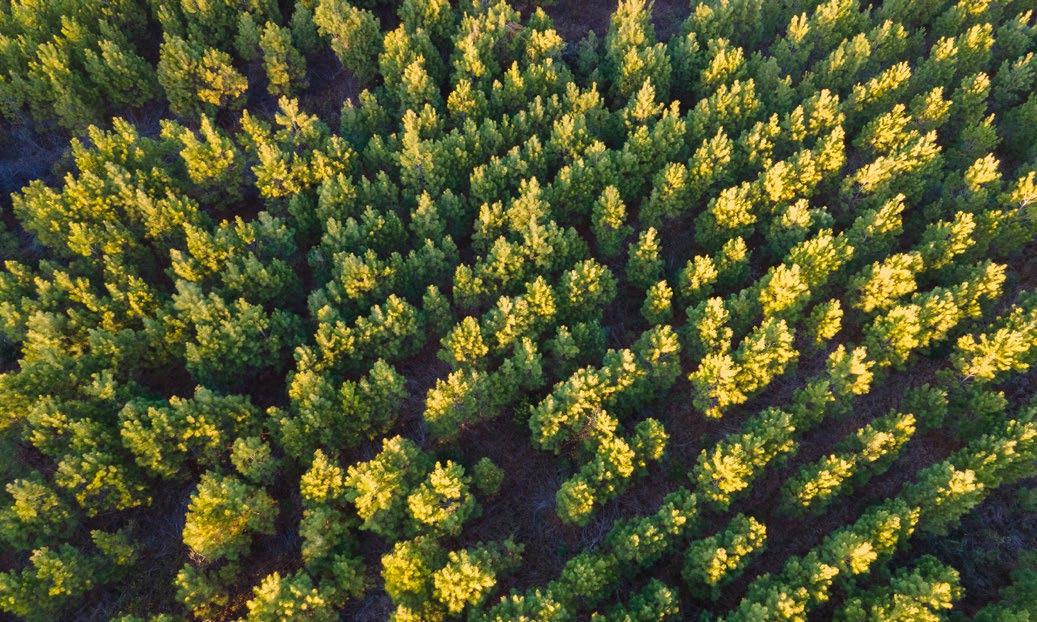
Assessing and helping suppliers to improve We use EcoVadis to assess supplier sustainability, involving 100 per cent of our strategic suppliers in our programme so far. We proactively share scorecards with suppliers, developing Corrective Action Plans to address weaknesses on environmental, labour, human rights and ethical issues. This provides a clear view of the challenges and opportunities within our supply chain, allowing us to choose not to buy from suppliers whose performance is deemed inadequate.
Circular procurement
Achieving a transition to the circular economy means bringing our entire industry with us, including our supply chain. Our position in the circular economy knowledge ecosystem gives us an opportunity and responsibility to make our entire supply chain circular. In 2021/22, we embarked on a pioneering journey to become the first company to engage their suppliers using Circulytics, a circular economy measurement tool from the Ellen MacArthur Foundation. We have helped suppliers by influencing their circular economy strategies, developing product innovations to make them more circular and sharing our own training material. This will continue to grow over the next year with projects being set up to bring greater circularity to the entire supply chain.
Turn to page 60 for circular procurement in action.
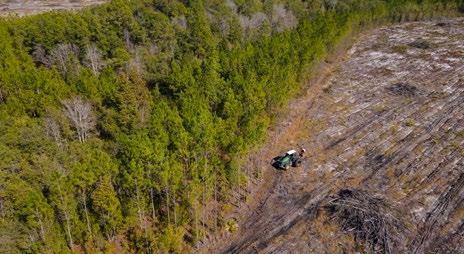
Scope 3
This year, we undertook a project to develop our Scope 3 inventory to begin more sophisticated value chain GHG emissions reporting. As part of our science-based target, we have committed to engage 100 per cent of our strategic suppliers to set their own science-based targets, which will help to reduce our supply chain emissions. These suppliers make up c. 76 per cent of our 2019/20 GHG emissions for ’purchased goods and services’ in our Scope 3 inventory.
Case study Circularity takes roots in our Georgia timberlands As part of our reforestation efforts, in our commercial timberland in southeast Georgia, we plant three seedlings for every tree harvested, which results in half a million seedlings annually. Not only does this support biodiversity, but it also increases stored carbon and supports the transition to the circular economy with renewable, fibrebased solutions.
Learn about this initiative on our Instagram channel
Circular procurement
We have introduced a number of our strategic suppliers to Circulytics from the Ellen MacArthur Foundation, the most comprehensive circular economy performance measurement tool available. Going beyond assessing products and material flows, this company-level tool reveals the extent to which a company has achieved circularity across its entire operations.
We invited Lyreco, one of our strategic suppliers, to undertake a Circulytics assessment. Lyreco are already on their own circular economy journey and were excited to be involved in Circulytics, sharing Circulytics scorecards and identifying opportunities for collaboration. Isabelle Daubney, International Support Manager and Group Circular Economy Project Leader at Lyreco explains: “On our circular economy journey, we are committed to evolving our product and service offer by 2025, with a focus on providing a full selection of recycle-ready items, removing packaging that cannot be recycled or re-used, and expanding our range of collection services to keep materials in use. Circularity goes beyond recycling, and as innovation stems from our vendors, manufacturers and partners, we are expanding our selection of products with circular characteristics, such as our remanufactured laser cartridges that DS Smith has been using in a number of their locations across Europe.” “Circulytics was a great starting point for our collaboration. It recognised the concrete product innovations and enabling capabilities we have today, as well as opened the door for collaborations with DS Smith on a strategic level, amplifying each other’s strengths.”
For Lyreco, undertaking their first Circulytics assessment was an insightful experience. It helped Lyreco to identify gaps in their approach and accelerated a change in mindset within their circular economy teams. “This has true value for Lyreco, not only because of the attitude shift it triggers, but also because it opens the door to new collaborations with DS Smith and others, as well as our own ecosystem of manufacturers, vendors and partners.”
We have since shared key training documents with Lyreco, which are being used to develop the circular economy knowledge of Lyreco’s people. Furthermore, Lyreco have been working to clearly measure the circularity of products supplied to us, helping us to develop our own circular procurement metrics.
Siegwerk
Siegwerk were another strategic supplier that we invited to Circulytics. Circular economy is a key part of their own business strategy, working to enable circular packaging through inks and coatings. Earlier this year, we shared and discussed our Circulytics scorecards to see if there were opportunities for collaboration. Ideas were shared, including cross-training of staff, sourcing of products and transparency on the end of life of products. We shared our training content with Siegwerk and explored how Siegwerk source their own products to identify more circular opportunities with Siegwerk’s products. Furthermore, we discussed how various inks can impact the recycling process and decrease the carbon footprint of the packaging. The discussions unleashed the potential to organise something greater with Siegwerk to share circular economy ideas and ways to assess and measure the entire supply chain’s circularity. Discussions are ongoing with an innovation workshop planned for later this year.
Alina Marm
Head of Global Sustainability & Circular Economy at Siegwerk
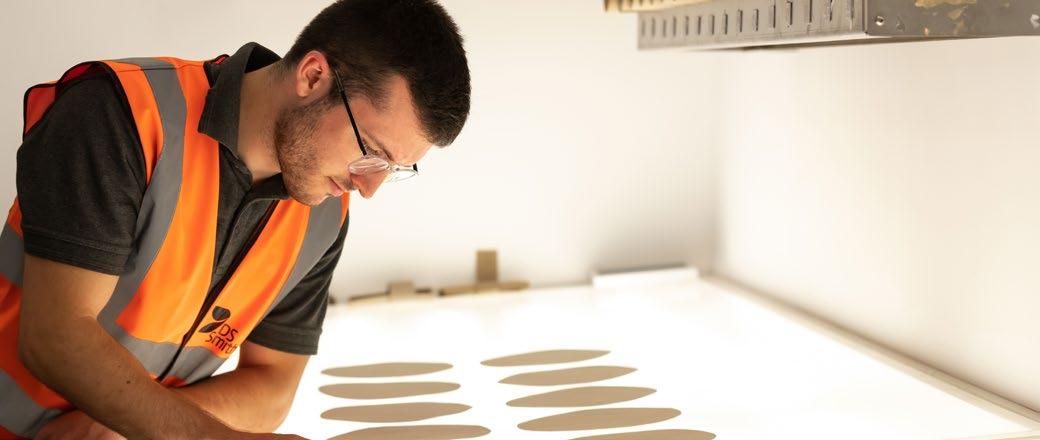
DS Smith
We continued to maintain our A- score in Circulytics, placing us as one of the top participants in this holistic circular economy measure. We have top scores in areas of strategy and planning, innovation, people and skills and operations. In particular, we were recognised for achieving our target of sourcing 100 per cent of paper from recycled or certified sustainable sources and our net positive recycling position, meaning that we manage a greater volume of material for recycling every year than the packaging we sell to the market. “Circulytics is the most comprehensive circularity measurement tool for companies and as a Strategic Partner of the Foundation, we have been involved from the outset. It provides clear areas for us to continue our circular economy leadership within the packaging industry, while giving us a platform to support our suppliers on their journeys.”
Wouter van Tol
Head of Sustainability, Government and Community Affairs at DS Smith







